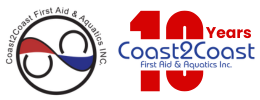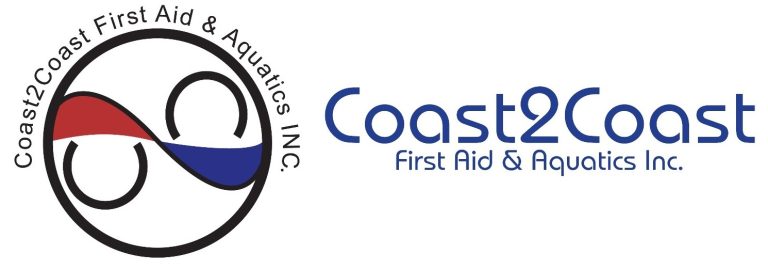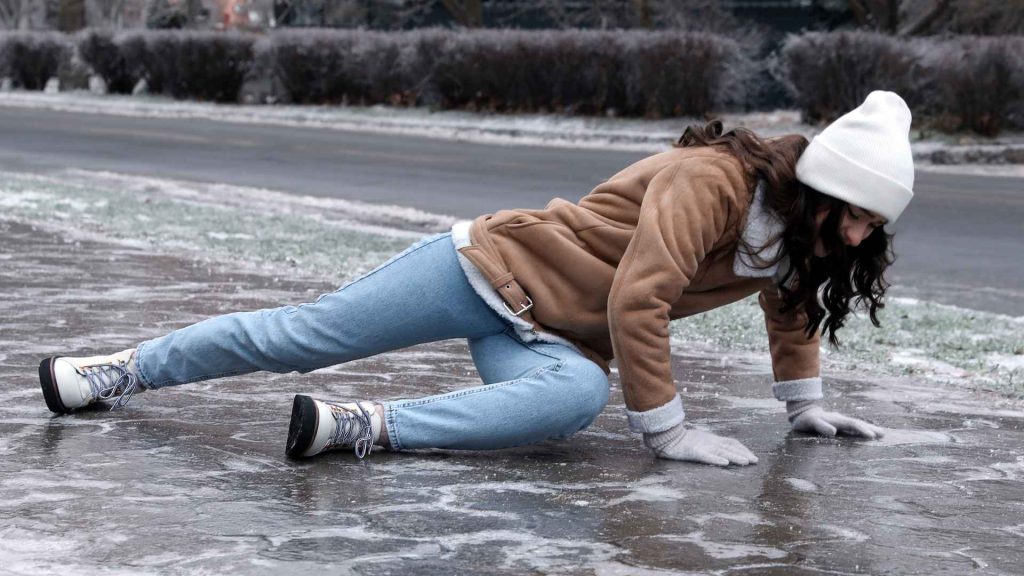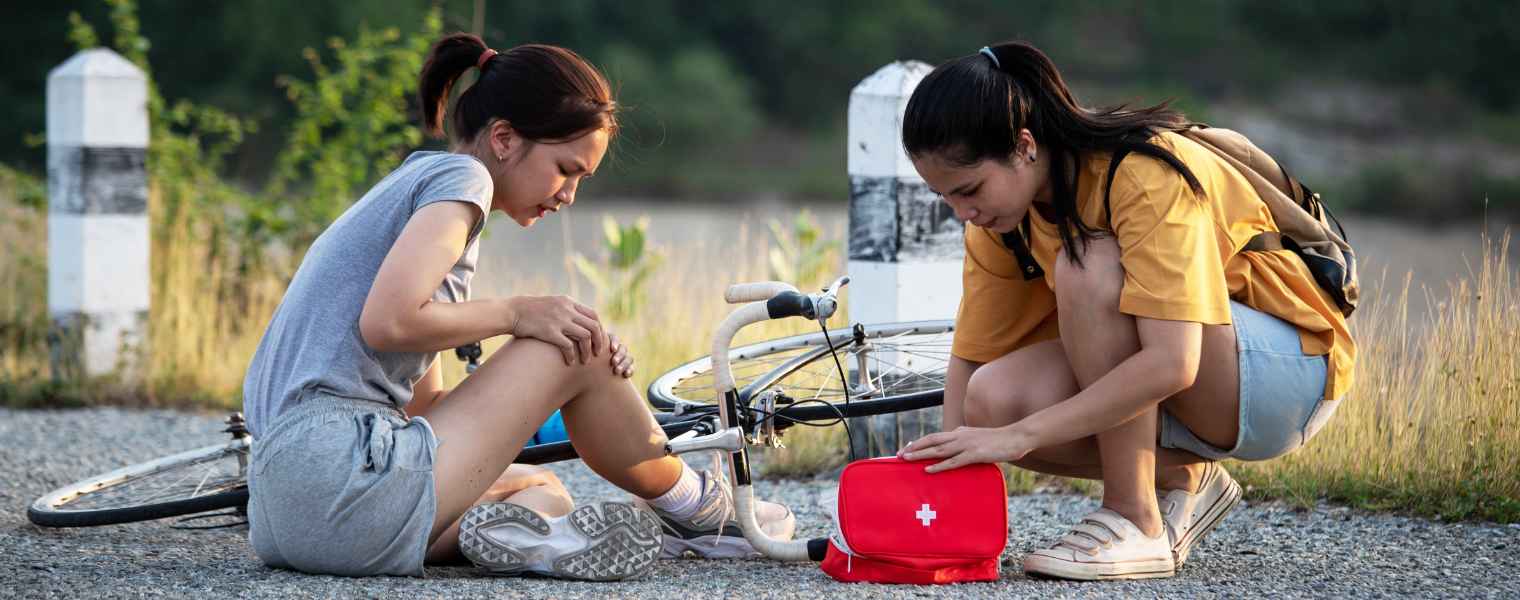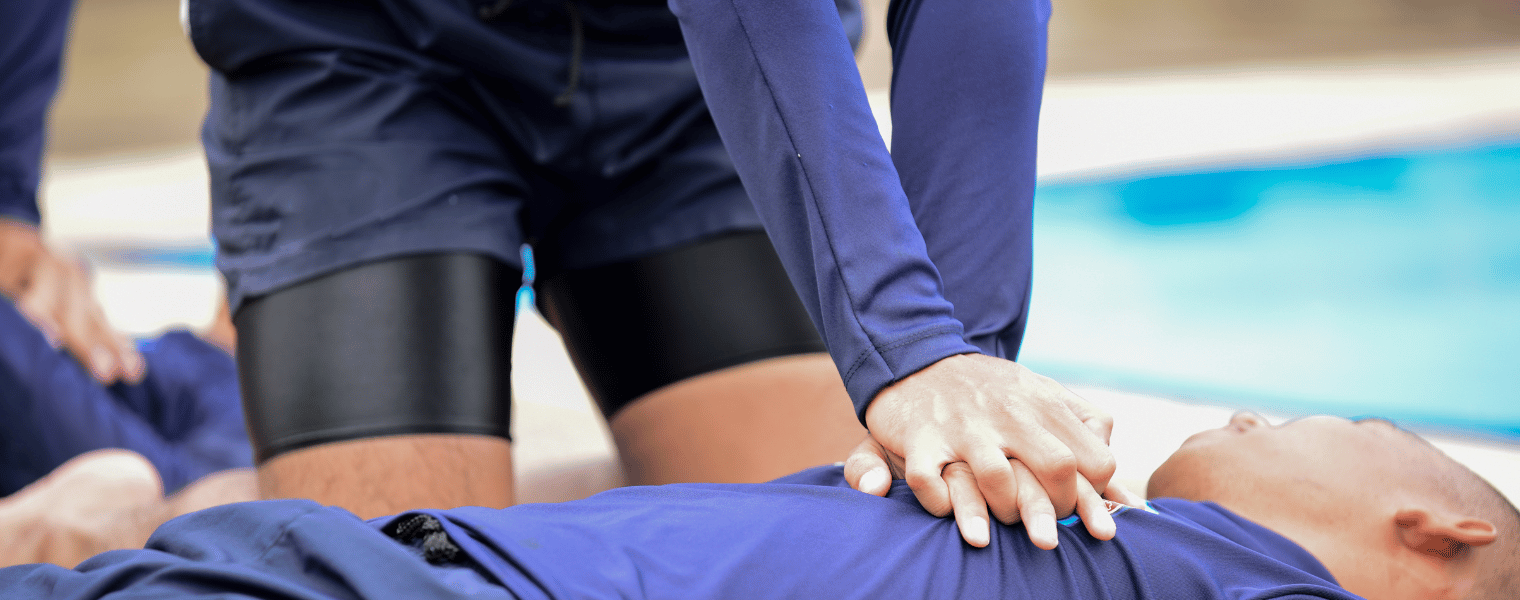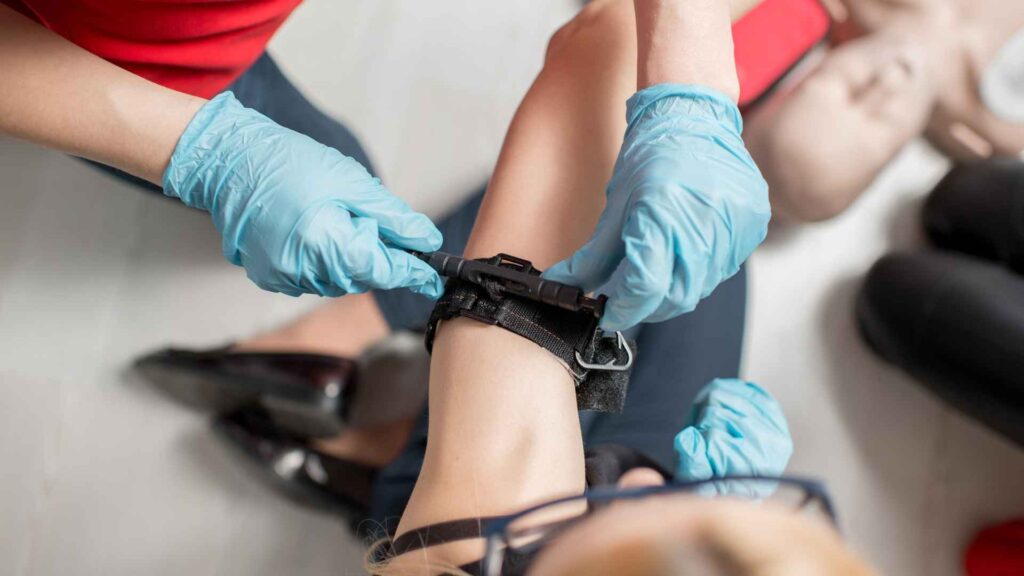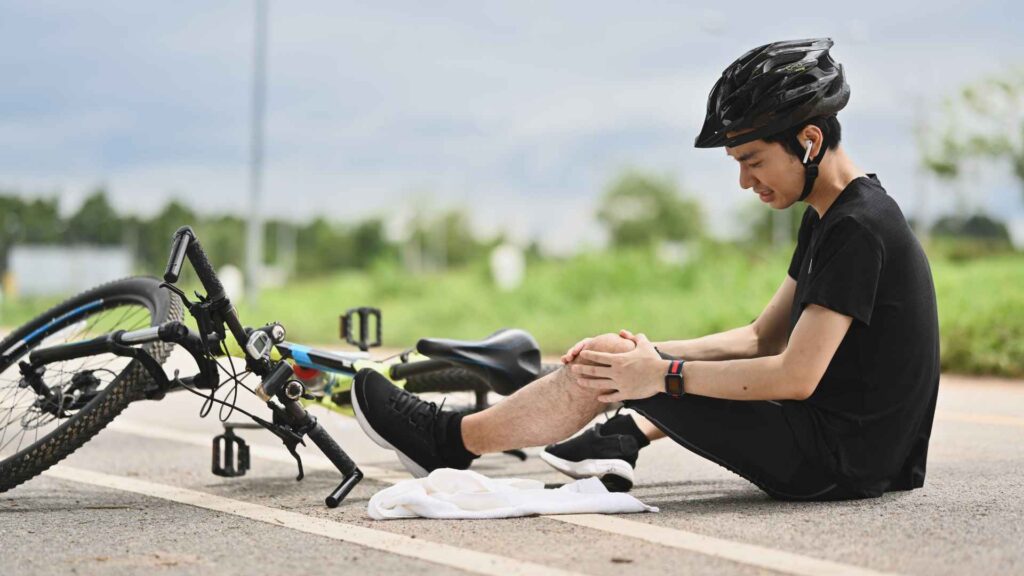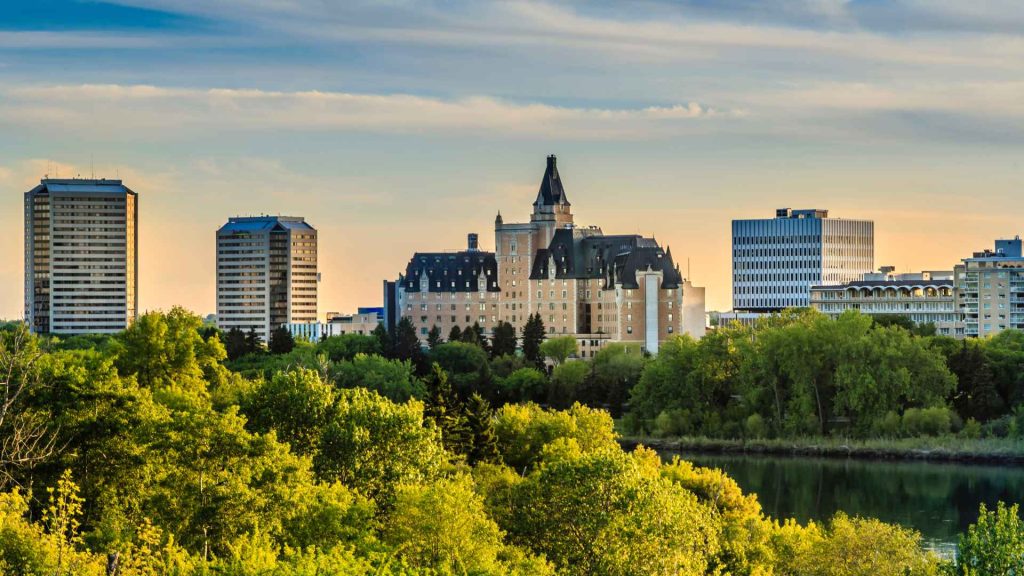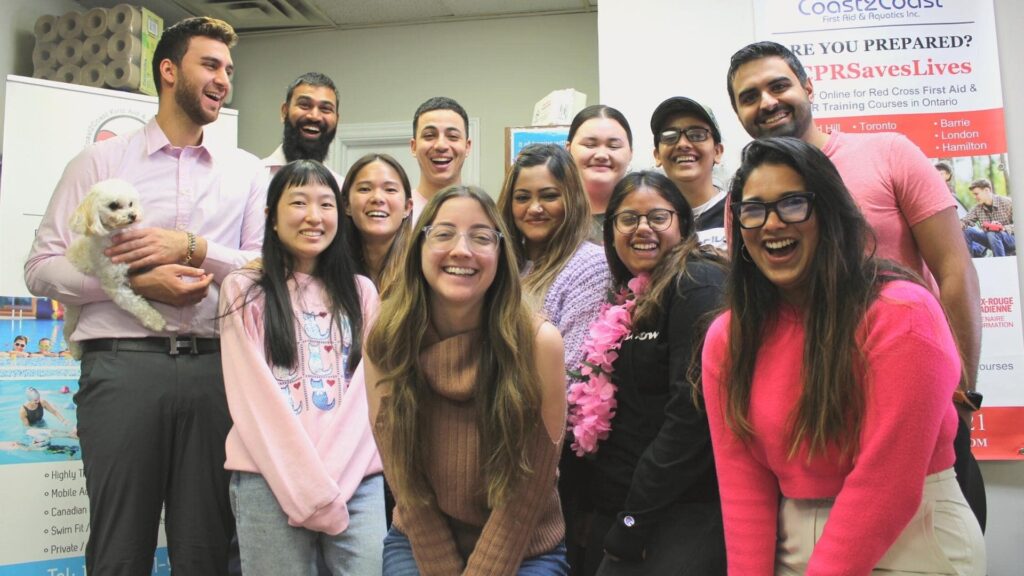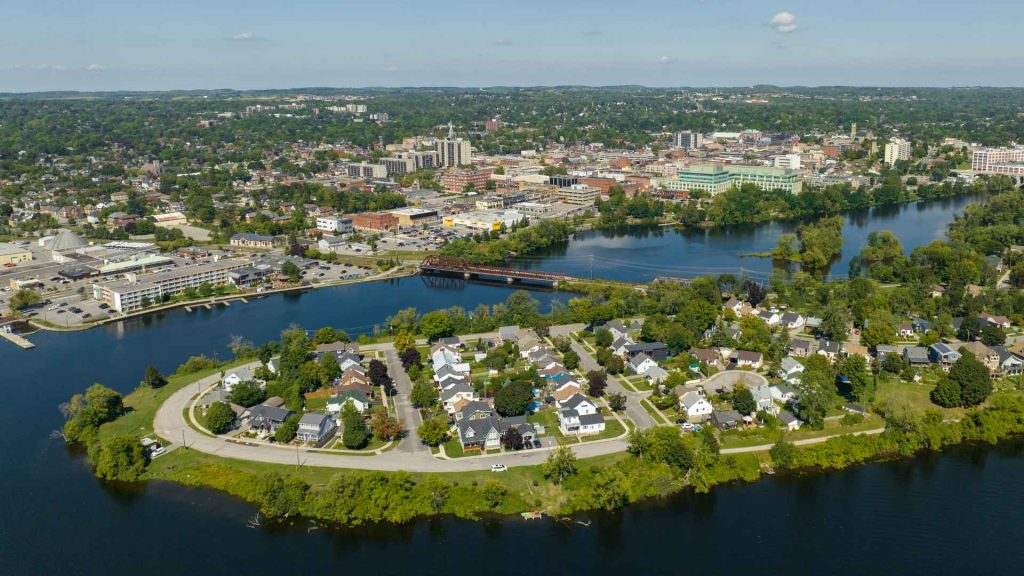IN THIS BLOG
Winter in Regina brings beauty and challenges. Knowing how to respond to frostbite, slips, and hypothermia can make all the difference. These winter safety tips will help you stay prepared, whether you’re commuting, working outdoors, or spending time with family. With the right knowledge and the proper first aid training in Regina, you can prevent injuries and respond confidently when cold-weather emergencies happen.
In this blog, you will learn some of the top winter risks in Regina, first aid for frostbite, hypothermia, slips, and head injuries. Simple precautions at home and worksites, such as proper footwear, snow removal, and carbon monoxide safety, can prevent many injuries. Investing in first aid training in Regina equips you with the skills and confidence to protect yourself, your family, and your coworkers during the cold months.
Top Winter Risks in Regina
Regina winters are known for extreme temperatures, icy sidewalks, and unpredictable storms. These conditions create several common cold-weather hazards:
- Frostbite: Rapid skin freezing due to bitter temperatures or exposure to wind
- Hypothermia: A dangerous drop in core body temperature
- Slips and Falls: Ice-covered driveways, parking lots, and job sites are high-risk areas
- Cold Stress on Workers: Outdoor workers face constant exposure, requiring extra precautions
- Cold and Flu Season: Winter is a common time for illness
Wind Chill Chart
Wind chill significantly increases the risk of frostbite, sometimes in as little as 5-10 minutes. Encourage workers, students, and families to check the local wind chill chart before heading out. The lower the temperature and the higher the wind speed, the faster frostbite can set in, especially on fingers, toes, nose, and ears.

First Aid for Frostbite and Hypothermia
Learning frostbite treatment, how to treat hypothermia, and other cold-weather first aid skills can be lifesaving. Here’s what to do and what to avoid:
Dos and Don’ts of Frostbite
Do:
- Take off any items that could reduce blood flow to the area
- If you know the area will not freeze again, you may begin thawing it with warm water or body heat
- Protect blistered or affected skin with a loose, sterile dressing
- Try to elevate the thawed area above the heart
- Hydrate the person
- Have the person get medical assistance
Don’t:
- Do not rub or massage the frostbitten skin as it can increase tissue damage
- Do not use direct heat sources such as heating pads, campfires, or radiators
- Do not thaw the area if there is a risk of refreezing
Dos and Don’ts of Hypothermia
There are four levels of hypothermia, including cold stressed, mild hypothermia, moderate hypothermia, and severe hypothermia. The dos and don’ts listed below are general guidelines and not necessarily the actions you should take depending on the level of hypothermia the person is experiencing.
Do:
- If you can, move the person indoors
- Warm up their torso/chest first with blankets, towels, etc.
- Give them a high-calorie drink/food (unless they are experiencing moderate to severe hypothermia)
- Call 911 if there are no improvements or if they are experiencing mild to severe hypothermia
Don’t:
- If they are experiencing moderate to severe hypothermia, do not let them stand or walk
- Do not give them alcohol, as it accelerates heat loss

Slip/Fall Response
Slips and falls are some of the most common winter safety risks in Regina, especially during freeze-thaw cycles. Quick first aid can prevent complications.
Head Injury Red Flags
Call 911 immediately if someone who slipped and fell shows any of these signs:
- Loss of consciousness (even briefly)
- Continual vomiting
- Severe headache
- Uneven pupils
- Confusion, drowsiness, or unusual behaviour
- Slurred speech
- Weakness or numbness in limbs
For non-emergency injuries:
- Check for pain, swelling, or deformity
- Apply ice wrapped in a cloth
- Keep the person still if you suspect a back or pelvic injury

Broken Bones After a Slip or Fall
Slips on ice often lead to wrist, ankle, and hip fractures. Recognizing the signs early and responding correctly can prevent further injury.
Signs of a Possible Fracture Include:
- Sharp or severe pain at the injury site
- Swelling or bruising
- A limb that looks deformed or out of place
- Inability to move or bear weight
- A cracking or snapping sound at the time of injury
What To Do:
Do you know the signs of frostbite or hypothermia? Take a hands-on course and gain the confidence to act in emergencies!
Prevention for Worksites and Homes
Cold-weather injuries are often preventable with the right planning:
At Worksites:
- Use CSA-approved winter footwear with strong traction
- Spread sand or ice melt in high-traffic areas
- Encourage frequent warm-up breaks for outdoor workers
- Ensure ladders, scaffolds, and tools are free of ice buildup
- Create designated walkways and keep them clear of snow
At Home:
- Install non-slip mats at entrances
- Shovel early and often to avoid packed ice
- Keep emergency kits in vehicles and homes
- Dress children in layered, waterproof clothing
Carbon Monoxide Safety in Winter
Winter increases the risk of carbon monoxide (CO) buildup as homes and worksites rely more on heaters, generators, and fuel-powered equipment. CO is colourless and odourless, making it especially dangerous without proper precautions. Ensure you have CO detectors in your home to keep you and your family safe from carbon monoxide poisoning.
Winter Illness: Staying Safe During Cold and Flu Season
Along with frostbite and icy conditions, Regina’s winter months also bring a spike in cold and flu cases. Close indoor contact, dry air, and weakened immune systems make it easier for viruses to spread. To protect yourself and others, wash your hands often, avoid touching your face, and stay home when sick. Encourage workplaces and households to keep tissues, sanitizer, and disinfecting wipes accessible. Knowing basic first aid, including how to monitor fever, dehydration, or breathing difficulties, can help ensure mild illnesses don’t become more serious during the cold-weather season.

What Training Covers These Skills
To build confidence and hands-on skills, consider enrolling in First Aid Training in Regina. Certified courses cover:
- Frostbite and hypothermia recognition
- Proper rewarming techniques
- Slip and fall injury response
- Head injury assessment
- Safe rescue practices in cold weather
- Emergency action steps for all winter-related incidents
Both individuals and workplaces benefit from staying prepared, especially during Regina’s harsh winter months.
Frequently Asked Questions
Take off any clothing or items that could reduce blood flow to the affected area and only begin the thawing process if you are positive it will not freeze again by using warm water or body heat.
If the person is experiencing mild hypothermia and they are not improving, then you should call 911.
Choose insulated, waterproof boots with deep tread, and consider using removable ice-cleat traction devices for extremely icy surfaces.
Stay Safe This Winter With the Right First Aid Knowledge
Regina’s winter can be harsh, but with the right preparation, awareness, and first aid skills, you can confidently face the challenges that come with cold temperatures, icy surfaces, and seasonal illnesses. From recognizing frostbite to responding to slips, falls, and carbon monoxide risks, these winter safety tips help protect your family, coworkers, and community. Investing in first aid training not only builds confidence but also ensures you’re prepared for emergencies when every second counts. Stay warm, stay informed, and stay safe this winter!
Register for First Aid & CPR Training
Be prepared for Regina’s winter hazards! Sign up for first aid training in Regina and learn how to handle frostbite, hypothermia, and slips safely.
